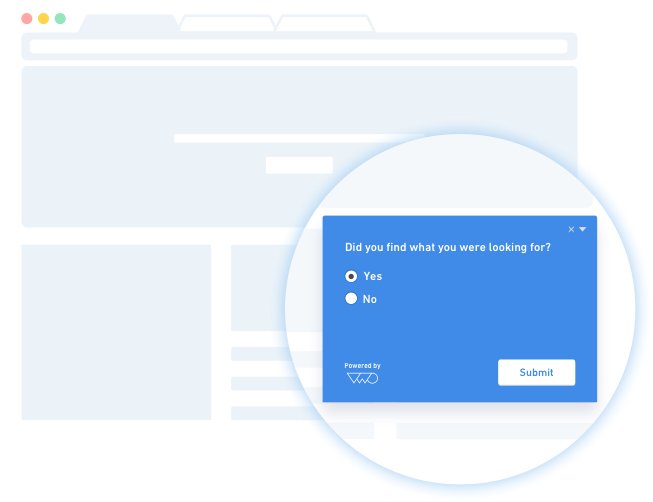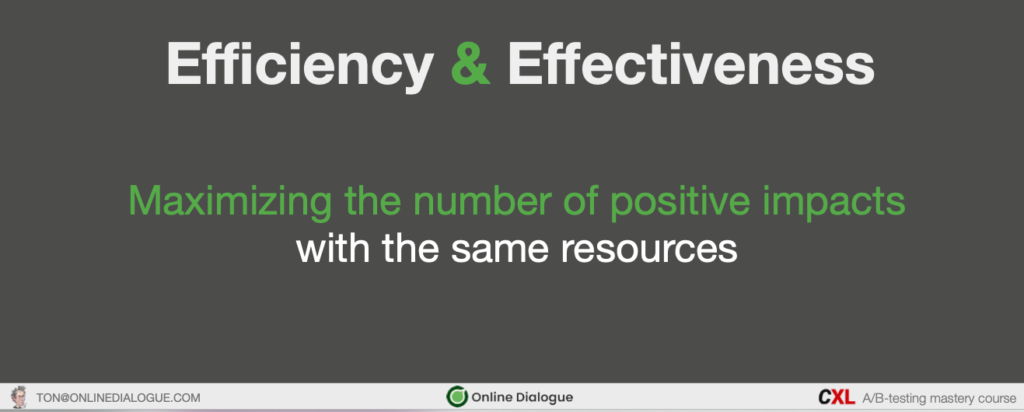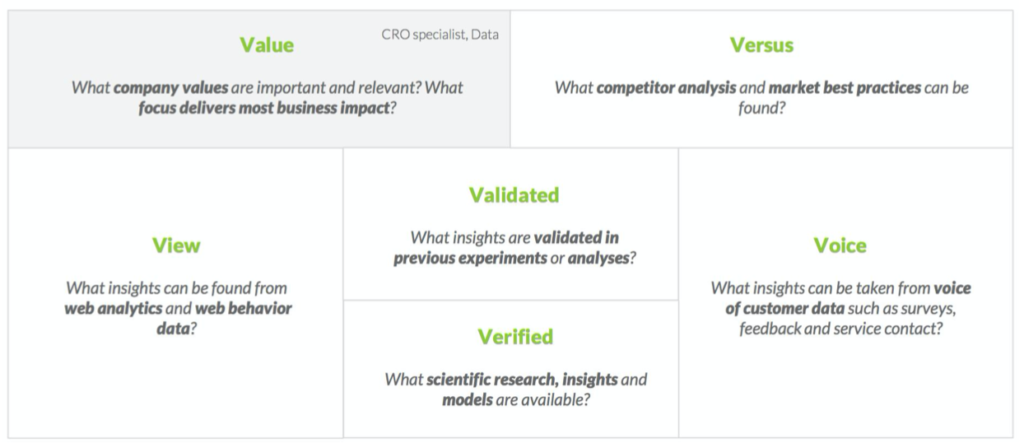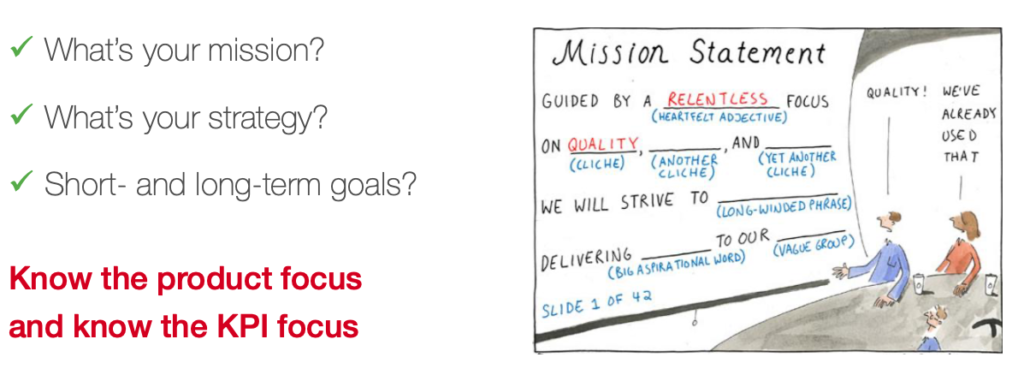This is the tenth in a series of articles on growth hacking, inspired by my journey to a minidegree in Growth Marketing from the CXL Institute. Read more: What is growth hacking? | How to run a successful growth marketing experiment in six steps | This one mindset will make you a better marketer | The successful formula for A/B testing mastery| This one overlooked tool will supercharge your content marketing
***
On-site user surveys are a goldmine for content marketers. Deepening your understanding of each user’s mindset on a given page can help you optimize that page for the desired conversion.
[You are using on-page surveys, right? 😀]
For example, you may realize that the call to action does not match want to use wants to find on that page. Or that the content doesn’t answer the right questions to users looking for. A mismatch between expectation and reality is the surest way to push somebody off your site.
So how do you learn more about your user’s mindset? It’s simple: Just ask! There’s no point in waiting around for the 1% of customers that will reach out to ask questions or tell you what was wrong. Most people will just move on. They won’t invest the time to reach out because they are busy.
These on-page surveys give you immediate feedback and instant insights into your users’ mindsets. The on-page survey is an opportunity to leverage real-time insights so that you can optimize content to align with what most customers expect or need from each page. Survey software VWO calls this “asking questions for actionable insights.”
It works like this: You set a timer that triggers the survey after a user spends a certain amount of time on your site. You can also have the survey triggered by an action, such as a user exiting your site. The survey asks a targeted question related to that specific page with the goal of getting direct feedback.

Even though on-page surveys are the most reliable way to discover what your consumers want, not everyone will complete the surveys.
To increase your rate of completion, limit each survey to one or two questions max. And think carefully about the best question(s) to ask on each page. The question should be relevant to the task at hand, so that means a different survey for someone clicking away from checkout then someone on a blog article or product page.
Here are the two questions you need to ask your users. Remember that each brand is different. And every website has its own unique conversion objectives. So, while the text may differ, the objectives are similar. These two questions deliver the greatest punch at the lowest cost for you and the lowest effort for your user.
#1: Do you have any questions that you haven’t been able to find answers to?
The objective of this question is to identify gaps in your content marketing strategy. The question can be worded in all kinds of ways, so as long as it is focused on identifying unmet expectations on each phase.
Responses will be extremely useful to you in several ways. First, you can assess whether or not the page has the right content, structure, and/or CTA to address user expectations. You want to reduce friction and make each page an optimized touchpoint in your user journey.
Second, you can use these questions to inform your FAQs and other content that lives elsewhere in your purchase journey and user experience.
Finally, these insights can also be shared with your marketing colleagues so that relevant marketing campaigns can be updated with stronger copy or more targeted landing pages.
#2: What’s holding you back?
The objective of this question is to identify roadblocks in the path to purchase. This question is more conversion-oriented and best suited to later stages in the purchase journey.
It can also be phrased like this: “What’s holding you back [TARGET ACTION/ right now?” This further directs the question towards specific feedback that you’re looking for.
One potential challenge with this question is that it is very broad and may convert poorly. If that’s happening on your site, try this approach:
- Start with a YES/NO question: “Is there anything holding you back from buying this product right now?”
- Then, once a user has invested in the answer, they’re more likely to complete the second question: “What’s holding you back?”
Answers to these questions should also be shared with your sales team, as they can identify opportunities to create season sales enablement material that addresses existing and emerging user concerns.
Even if your sales team already has a robust understanding of common objections, they can benefit from real-time insights that identify shifting patterns. That’s doubly true for sales teams that only update their sales enablement content and user research quarterly. Any delay in getting these insights into the sales process reduces revenue!
Linking survey insights to analytics
We’re not going to get deep into this but a quick word about analytics. There’s a major opportunity to pull these insights into your analytics and link them to specific segments. This is how you will identify content opportunities, such as content upgrades addressing specific concerns for certain segments.
The smarter you are about matching each page’s goal with the on-page survey, the more actionable your feedback will be. You can align these goals with those Goals and Events set up in your analytics, and then match survey responses to build segments based on demographics, goal completions conversions and/or other variables in your analytics.
This requires a certain level of sophistication, which can be developed by assessing the health of your Google Analytics. An integrated approach that pulls data insights from across the business into your analytics creates a holistic view that’s both accurate and highly actionable!








